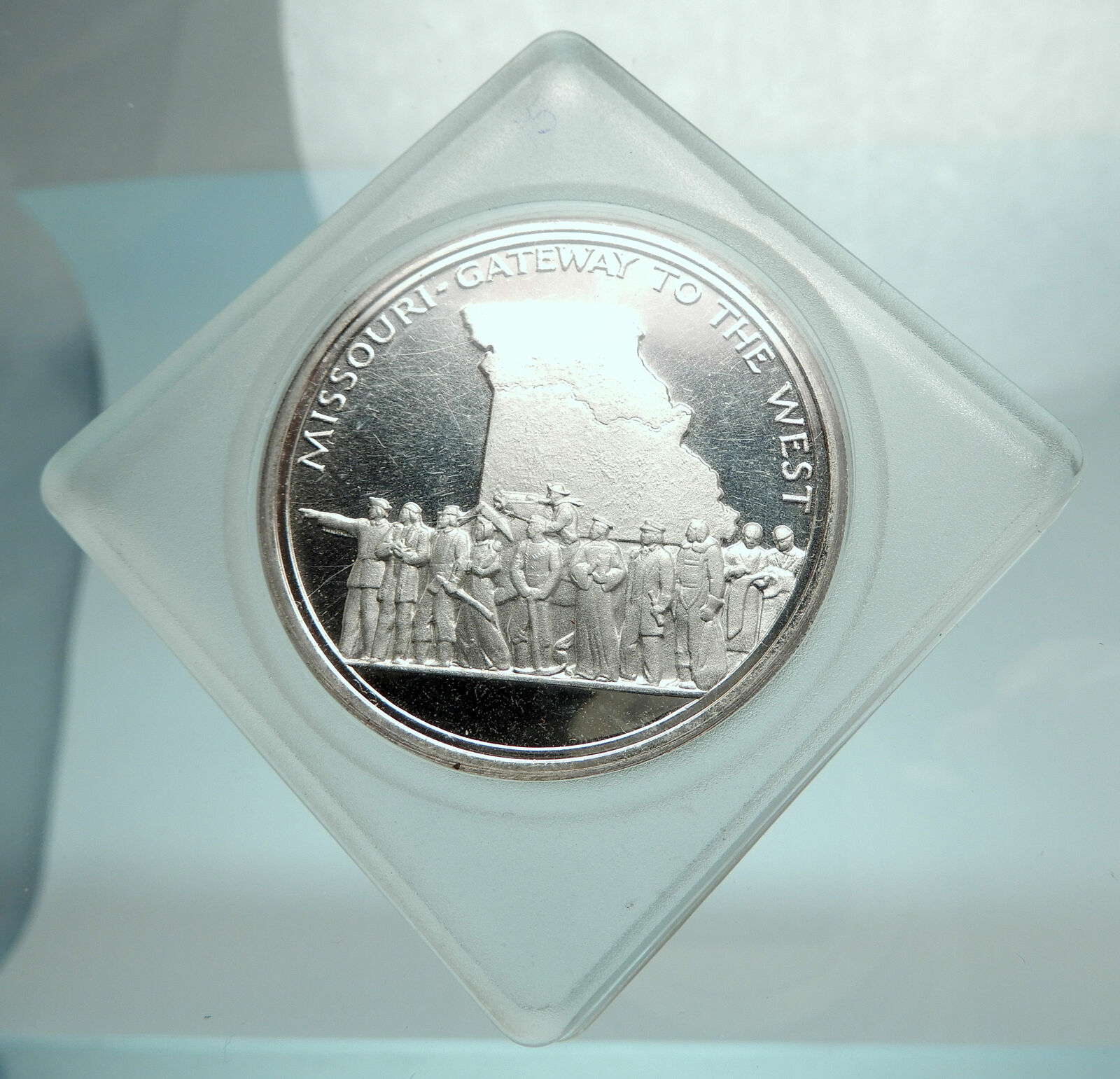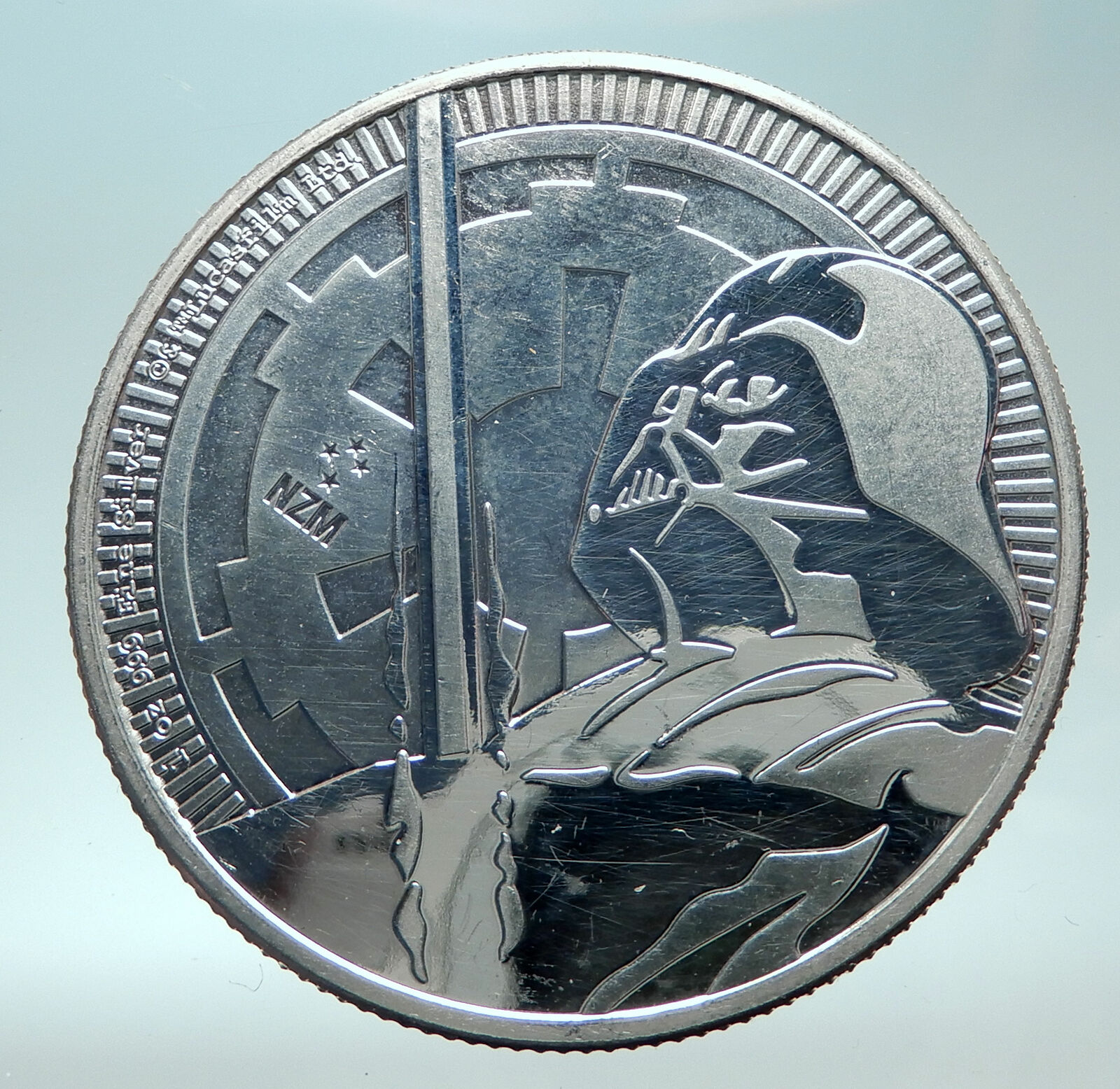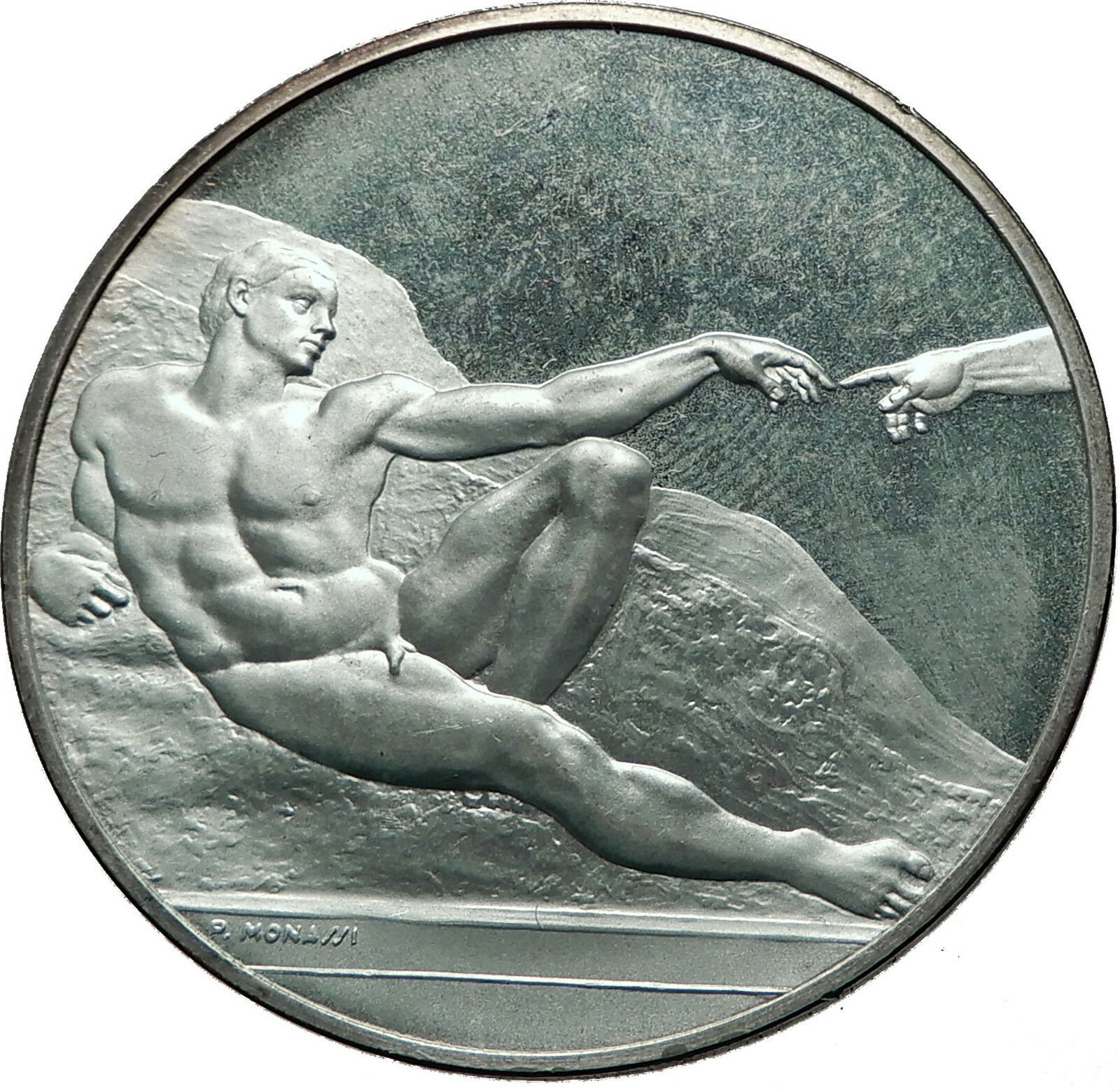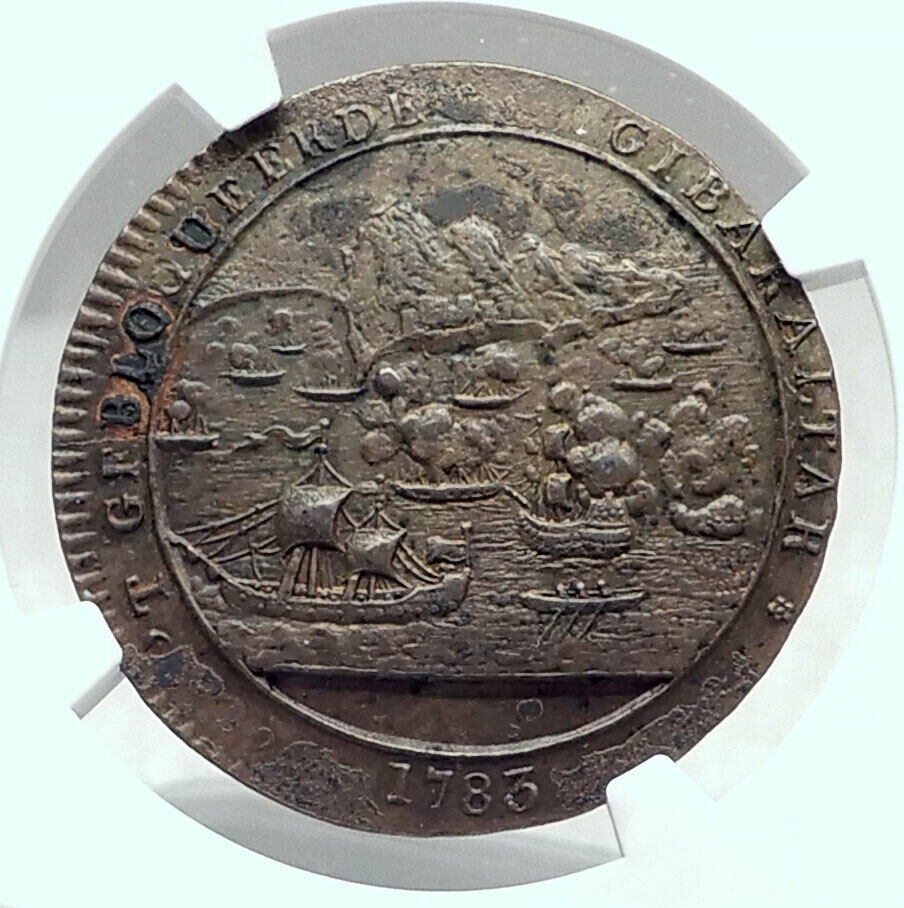|
Canada – Hamilton (North Canada) Masonic Penny
The Hiram Chapter No. 2
Bronze Penny Token 34mm (14.73 grams)
H T W S S T K S ONE PENNY THEY RECEIVED EVERY MAN A PENNY, Plaque, Chisel to left, gavel to right.
THE HIRAM CHAPTER ESTABLISHED 1820 NO 2. G.R.C. HAMILTON, CANADA, Pyramid with two symbols on either side, one within, inscribed banner below.
You are bidding on the exact item pictured, provided with a Certificate of Authenticity and Lifetime Guarantee of Authenticity.
 Hamilton is a port city in the Canadian province of Ontario. An industrialized city in the Golden Horseshoe at the west end of Lake Ontario, Hamilton has a population of 536,917, and its census metropolitan area, which includes Burlington and Grimsby, has a population of 767,000. The city is 58 kilometres (36 mi) southwest of Toronto in the Greater Toronto and Hamilton Area (GTHA). Hamilton is a port city in the Canadian province of Ontario. An industrialized city in the Golden Horseshoe at the west end of Lake Ontario, Hamilton has a population of 536,917, and its census metropolitan area, which includes Burlington and Grimsby, has a population of 767,000. The city is 58 kilometres (36 mi) southwest of Toronto in the Greater Toronto and Hamilton Area (GTHA).
On January 1, 2001, the current boundaries of Hamilton were created through the amalgamation of the original city with other municipalities of the Regional Municipality of Hamilton “Wentworth. Residents of the city are known as Hamiltonians. Since 1981, the metropolitan area has been listed as the ninth largest in Canada and the 3rd largest in Ontario.
Hamilton is home to the Royal Botanical Gardens, the Canadian Warplane Heritage Museum, the Bruce Trail, McMaster University, Redeemer University College and Mohawk College. McMaster University is ranked 4th in Canada and 77th in the world by Times Higher Education Rankings 2018 “19.
In pre-colonial times, the Neutral First Nation used much of the land but were gradually driven out by the Five (later Six) Nations (Iroquois) who were allied with the British against the Huron and their French allies. A member of the Iroquois Confederacy provided the route and name for Mohawk Road, which originally included King Street in the lower city.
 Following the United States gaining independence after their American Revolutionary War, in 1784, about 10,000 United Empire Loyalists settled in Upper Canada (what is now southern Ontario), chiefly in Niagara, around the Bay of Quinte, and along the St. Lawrence River between Lake Ontario and Montreal. The Crown granted them land in these areas to develop Upper Canada and to compensate them for losses in the United States. With former First Nations lands available for purchase, these new settlers were soon followed by many more Americans, attracted by the availability of inexpensive, arable land. At the same time, large numbers of Iroquois who had allied with Britain arrived from the United States and were settled on reserves west of Lake Ontario as compensation for lands they lost in what was now the United States. During the War of 1812, British regulars and Canadian militia defeated invading American troops at the Battle of Stoney Creek, fought in what is now a park in eastern Hamilton. Following the United States gaining independence after their American Revolutionary War, in 1784, about 10,000 United Empire Loyalists settled in Upper Canada (what is now southern Ontario), chiefly in Niagara, around the Bay of Quinte, and along the St. Lawrence River between Lake Ontario and Montreal. The Crown granted them land in these areas to develop Upper Canada and to compensate them for losses in the United States. With former First Nations lands available for purchase, these new settlers were soon followed by many more Americans, attracted by the availability of inexpensive, arable land. At the same time, large numbers of Iroquois who had allied with Britain arrived from the United States and were settled on reserves west of Lake Ontario as compensation for lands they lost in what was now the United States. During the War of 1812, British regulars and Canadian militia defeated invading American troops at the Battle of Stoney Creek, fought in what is now a park in eastern Hamilton.
The town of Hamilton was conceived by George Hamilton (a son of a Queenston entrepreneur and founder, Robert Hamilton), when he purchased farm holdings of James Durand, the local Member of the Legislative Assembly of Upper Canada, shortly after the War of 1812. Nathaniel Hughson, a property owner to the north, cooperated with George Hamilton to prepare a proposal for a courthouse and jail on Hamilton’s property. Hamilton offered the land to the crown for the future site. Durand was empowered by Hughson and Hamilton to sell property holdings which later became the site of the town. As he had been instructed, Durand circulated the offers at York during a session of the Legislative Assembly, which established a new Gore District, of which the Hamilton townsite was a member.
Initially, this town was not the most important centre of the Gore District. An early indication of Hamilton’s sudden prosperity occurred in 1816, when it was chosen over Ancaster, Ontario to be the new Gore District’s administrative centre. Another dramatic economic turnabout for Hamilton occurred in 1832 when a canal was finally cut through the outer sand bar that enabled Hamilton to become a major port. A permanent jail was not constructed until 1832, when a cut-stone design was completed on Prince’s Square, one of the two squares created in 1816. Subsequently, the first police board and the town limits were defined by statute on February 13, 1833. Official city status was achieved on June 9, 1846, by an act of Parliament of the Province of Canada.
By 1845, the population was 6,475. In 1846, there were useful roads to many communities as well as stagecoaches and steamboats to Toronto, Queenston, and Niagara. Eleven cargo schooners were owned in Hamilton. Eleven churches were in operation. A reading room provided access to newspapers from other cities and from England and the U.S. In addition to stores of all types, four banks, tradesmen of various types, and sixty-five taverns, industry in the community included three breweries, ten importers of dry goods and groceries, five importers of hardware, two tanneries, three coachmakers, and a marble and a stone works.
As the city grew, several prominent buildings were constructed in the late 19th century, including the Grand Lodge of Canada in 1855, West Flamboro Methodist Church in 1879 (later purchased by Dufferin Masonic Lodge in 1893), a public library in 1890, and the Right House department store in 1893. The first commercial telephone service in Canada, the first telephone exchange in the British Empire, and the second telephone exchange in all of North America were each established in the city between 1877 “78. The city had several interurban electric street railways and two inclines, all powered by the Cataract Power Co.
 Though suffering through the Hamilton Street Railway strike of 1906, with industrial businesses expanding, Hamilton’s population doubled between 1900 and 1914. Two steel manufacturing companies, Stelco and Dofasco, were formed in 1910 and 1912, respectively. Procter & Gamble and the Beech-Nut Packing Company opened manufacturing plants in 1914 and 1922, respectively, their first outside the US. Population and economic growth continued until the 1960s. In 1929 the city’s first high-rise building, the Pigott Building, was constructed; in 1930 McMaster University moved from Toronto to Hamilton, in 1934 the second Canadian Tire store in Canada opened here; in 1940 the airport was completed; and in 1948, the Studebaker assembly line was constructed. Infrastructure and retail development continued, with the Burlington Bay James N. Allan Skyway opening in 1958, and the first Tim Hortons store in 1964. Though suffering through the Hamilton Street Railway strike of 1906, with industrial businesses expanding, Hamilton’s population doubled between 1900 and 1914. Two steel manufacturing companies, Stelco and Dofasco, were formed in 1910 and 1912, respectively. Procter & Gamble and the Beech-Nut Packing Company opened manufacturing plants in 1914 and 1922, respectively, their first outside the US. Population and economic growth continued until the 1960s. In 1929 the city’s first high-rise building, the Pigott Building, was constructed; in 1930 McMaster University moved from Toronto to Hamilton, in 1934 the second Canadian Tire store in Canada opened here; in 1940 the airport was completed; and in 1948, the Studebaker assembly line was constructed. Infrastructure and retail development continued, with the Burlington Bay James N. Allan Skyway opening in 1958, and the first Tim Hortons store in 1964.
Since then, many of the large industries have moved or shut down operations in restructuring that also affected the United States. The economy has shifted more toward the service sector, such as transportation, education, and health services.
On January 1, 2001, the new city of Hamilton was formed from the amalgamation of Hamilton and its five neighbouring municipalities: Ancaster, Dundas, Flamborough, Glanbrook, and Stoney Creek. Before amalgamation, the “old” City of Hamilton had 331,121 residents and was divided into 100 neighbourhoods. The former region of Hamilton-Wentworth had a population of 490,268. The amalgamation created a single-tier municipal government ending subsidization of its suburbs. The new amalgamated city has 519,949 people in more than 100 neighbourhoods, and surrounding communities.
In 1997 there was a devastating fire at the Plastimet plastics plant. Approximately 300 firefighters battled the blaze, and many sustained severe chemical burns and inhaled volatile organic compounds when at least 400 tonnes of PVC plastic were consumed in the fire.
 Freemasonry or Masonry consists of fraternal organisations that trace their origins to the local fraternities of stonemasons, which from the end of the fourteenth century regulated the qualifications of stonemasons and their interaction with authorities and clients. The degrees of freemasonry retain the three grades of medieval craft guilds, those of Apprentice, Journeyman or fellow (now called Fellowcraft), and Master Mason. These are the degrees offered by Craft (or Blue Lodge) Freemasonry. Members of these organisations are known as Freemasons or Masons. There are additional degrees, which vary with locality and jurisdiction, and are usually administered by different bodies than the craft degrees. Freemasonry or Masonry consists of fraternal organisations that trace their origins to the local fraternities of stonemasons, which from the end of the fourteenth century regulated the qualifications of stonemasons and their interaction with authorities and clients. The degrees of freemasonry retain the three grades of medieval craft guilds, those of Apprentice, Journeyman or fellow (now called Fellowcraft), and Master Mason. These are the degrees offered by Craft (or Blue Lodge) Freemasonry. Members of these organisations are known as Freemasons or Masons. There are additional degrees, which vary with locality and jurisdiction, and are usually administered by different bodies than the craft degrees.
The basic, local organisational unit of Freemasonry is the Lodge. The Lodges are usually supervised and governed at the regional level (usually coterminous with either a state, province, or national border) by a Grand Lodge or Grand Orient. There is no international, worldwide Grand Lodge that supervises all of Freemasonry; each Grand Lodge is independent, and they do not necessarily recognise each other as being legitimate.
Modern Freemasonry broadly consists of two main recognition groups. Regular Freemasonry insists that a volume of scripture is open in a working lodge, that every member profess belief in a Deity, that no women are admitted, and that the discussion of religion and politics is banned. Continental Freemasonry is now the general term for the “liberal” jurisdictions who have removed some, or all, of these restrictions.
|





 Hamilton is a port city in the Canadian province of Ontario. An industrialized city in the Golden Horseshoe at the west end of Lake Ontario, Hamilton has a population of 536,917, and its census metropolitan area, which includes Burlington and Grimsby, has a population of 767,000. The city is 58 kilometres (36 mi) southwest of Toronto in the Greater Toronto and Hamilton Area (GTHA).
Hamilton is a port city in the Canadian province of Ontario. An industrialized city in the Golden Horseshoe at the west end of Lake Ontario, Hamilton has a population of 536,917, and its census metropolitan area, which includes Burlington and Grimsby, has a population of 767,000. The city is 58 kilometres (36 mi) southwest of Toronto in the Greater Toronto and Hamilton Area (GTHA).  Following the United States gaining independence after their American Revolutionary War, in 1784, about 10,000 United Empire Loyalists settled in Upper Canada (what is now southern Ontario), chiefly in Niagara, around the Bay of Quinte, and along the St. Lawrence River between Lake Ontario and Montreal. The Crown granted them land in these areas to develop Upper Canada and to compensate them for losses in the United States. With former First Nations lands available for purchase, these new settlers were soon followed by many more Americans, attracted by the availability of inexpensive, arable land. At the same time, large numbers of Iroquois who had allied with Britain arrived from the United States and were settled on reserves west of Lake Ontario as compensation for lands they lost in what was now the United States. During the War of 1812, British regulars and Canadian militia defeated invading American troops at the Battle of Stoney Creek, fought in what is now a park in eastern Hamilton.
Following the United States gaining independence after their American Revolutionary War, in 1784, about 10,000 United Empire Loyalists settled in Upper Canada (what is now southern Ontario), chiefly in Niagara, around the Bay of Quinte, and along the St. Lawrence River between Lake Ontario and Montreal. The Crown granted them land in these areas to develop Upper Canada and to compensate them for losses in the United States. With former First Nations lands available for purchase, these new settlers were soon followed by many more Americans, attracted by the availability of inexpensive, arable land. At the same time, large numbers of Iroquois who had allied with Britain arrived from the United States and were settled on reserves west of Lake Ontario as compensation for lands they lost in what was now the United States. During the War of 1812, British regulars and Canadian militia defeated invading American troops at the Battle of Stoney Creek, fought in what is now a park in eastern Hamilton.  Though suffering through the Hamilton Street Railway strike of 1906, with industrial businesses expanding, Hamilton’s population doubled between 1900 and 1914. Two steel manufacturing companies, Stelco and Dofasco, were formed in 1910 and 1912, respectively. Procter & Gamble and the Beech-Nut Packing Company opened manufacturing plants in 1914 and 1922, respectively, their first outside the US. Population and economic growth continued until the 1960s. In 1929 the city’s first high-rise building, the Pigott Building, was constructed; in 1930 McMaster University moved from Toronto to Hamilton, in 1934 the second Canadian Tire store in Canada opened here; in 1940 the airport was completed; and in 1948, the Studebaker assembly line was constructed. Infrastructure and retail development continued, with the Burlington Bay James N. Allan Skyway opening in 1958, and the first Tim Hortons store in 1964.
Though suffering through the Hamilton Street Railway strike of 1906, with industrial businesses expanding, Hamilton’s population doubled between 1900 and 1914. Two steel manufacturing companies, Stelco and Dofasco, were formed in 1910 and 1912, respectively. Procter & Gamble and the Beech-Nut Packing Company opened manufacturing plants in 1914 and 1922, respectively, their first outside the US. Population and economic growth continued until the 1960s. In 1929 the city’s first high-rise building, the Pigott Building, was constructed; in 1930 McMaster University moved from Toronto to Hamilton, in 1934 the second Canadian Tire store in Canada opened here; in 1940 the airport was completed; and in 1948, the Studebaker assembly line was constructed. Infrastructure and retail development continued, with the Burlington Bay James N. Allan Skyway opening in 1958, and the first Tim Hortons store in 1964.  Freemasonry or Masonry consists of fraternal organisations that trace their origins to the local fraternities of stonemasons, which from the end of the fourteenth century regulated the qualifications of stonemasons and their interaction with authorities and clients. The degrees of freemasonry retain the three grades of medieval craft guilds, those of Apprentice, Journeyman or fellow (now called Fellowcraft), and Master Mason. These are the degrees offered by Craft (or Blue Lodge) Freemasonry. Members of these organisations are known as Freemasons or Masons. There are additional degrees, which vary with locality and jurisdiction, and are usually administered by different bodies than the craft degrees.
Freemasonry or Masonry consists of fraternal organisations that trace their origins to the local fraternities of stonemasons, which from the end of the fourteenth century regulated the qualifications of stonemasons and their interaction with authorities and clients. The degrees of freemasonry retain the three grades of medieval craft guilds, those of Apprentice, Journeyman or fellow (now called Fellowcraft), and Master Mason. These are the degrees offered by Craft (or Blue Lodge) Freemasonry. Members of these organisations are known as Freemasons or Masons. There are additional degrees, which vary with locality and jurisdiction, and are usually administered by different bodies than the craft degrees.




